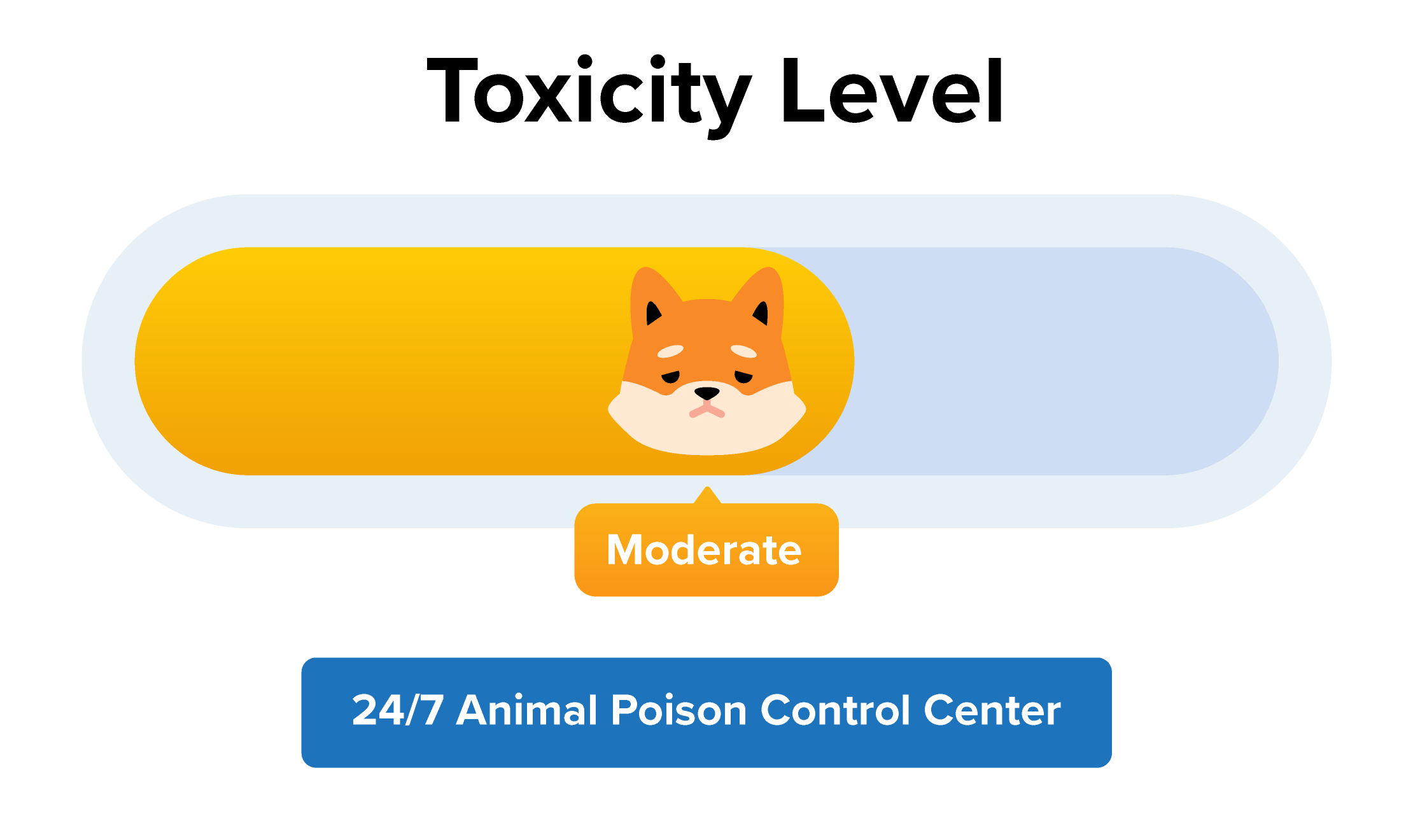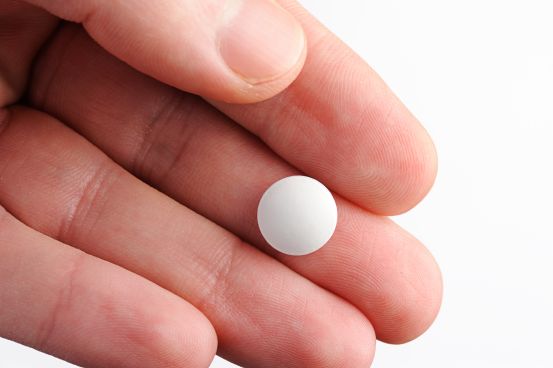Connect with a verified veterinarian in minutes. Licensed vets are available 24/7 to answer your questions. No need to worry about your furry family member.
Mint is a very popular flavoring in many of the foods and treats we use. It’s even personal care products such as toothpaste, mouthwash and more. But is mint safe for dogs? What happens if your dog eats mint?
What is Mint?
Mint is an herb that’s used in drinks, foods, and more. In addition, essential oil can be extracted from the plant’s leaves. The essential oil can also be used to flavor food or even use in as a medicinal.
This herb comes in several varieties. In fact, there are over 600 varieties of mint! The most common varieties include apple mint, peppermint, basil mint, penny royal, and more.
Mint plants can be found in various parts of the world. A member of the mint family, the plants are a perennial herb. The plants are also known as peppermint, spearmint, and garden mint. The plant is mostly found in moist areas. In addition, the plant is easy to grow and is quite resilient.
What’s Inside Mint Leaves
Mint leaves are the parts of the plant that are used in foods, drinks, and more. They’re also used in drinks and even as a flavor for food. Mint leaves can be eaten by humans or pets as well. In addition, mint is commonly used in many types of dishes and even in desserts. Mint leaves can be either fresh or dried. They can be either eaten raw or cooked.
Mint leaves contain a wide variety of nutrients. One of the most important nutrients that are found in mint leaves is antioxidants. The antioxidants in mint leaves include vitamin C, flavonoids, and phenolic compounds. The antioxidant content in mint leaves is important because it protects the body from damage caused by free radicals.
Mentha pulegium, commonly known as spearmint, is the most commonly used herb in foods and drinks. Mint is also used in herbal teas, and it’s even used as a flavoring for foods and drinks. Mint can be found in various forms. These include the dried leaves, oil from the leaves, or essential oil from the leaves.
Pulegone, a chemical compound found in the leaves of mint, is one of the most important ingredients in herbal teas. Mint tea is one of the most popular types of herbal teas. Mint tea is often consumed by people who want to detoxify their bodies. Mint tea can also be used as a refreshing drink for both humans and pets. Rosmarinic acid, menthol, calcium, and vitamin A are also found in mint leaves.
Breath mints, which are used in common mint leaves, contain menthol. Menthol is an important chemical compound that has the ability to make people feel refreshed and cool. Mint leaves can also be used as a natural remedy for colds and flu. They can also be used to treat upset stomachs and indigestion.

Review symptoms, medications & behavior to keep your pets healthy with a Vet Online in just minutes.
Ask a Vet Live NowMint Candy
Mint leaves are also used in candies and other sweets. In addition, mint leaves can be used in various types of foods such as meat, vegetables, or even desserts. When mint leaves are dried, they become a sweetener called peppermint extract. Peppermint extract is used in a variety of foods and drinks including candy, chocolate, teas, and even medicines. Peppermint extract is also used to flavor foods and beverages such as gum or toothpaste.
Mint leaves contain a substance called xylitol. It’s created by fermenting the juice of the mint plant. Xylitol is commonly used as an artificial sweetener in gum, candy, drinks, and baked goods.
Ice cream is one of the foods that contains mint leaves. Mint leaves are also used in foods such as tea, herbal teas, beverages, and much more. Mint is used in all types of dishes including salads, sauces, side dishes, desserts, and more.
But can your dog eat mint?
Dogs & Mint
Most varieties of mint are supposed to be non-toxic to dogs, except English pennyroyal. However, mint, in general, can still cause some health issues for dogs.
Dog treats, such as peppermint patties, can cause nausea in dogs. In addition, mint is a common ingredient in some human and dog foods. The foods can cause some issues for dogs as well. Mint may cause vomiting, diarrhea, and even kidney failure in dogs.
Mint can also be poisonous to dogs if it’s eaten on its own or in a large amount. However, the symptoms are usually short-lived, but they can be life-threatening if they happen suddenly. This is why it’s very important to keep an eye on your dog while they’re eating or drinking something that contains mint leaves. When you give your pooch dog food that contains mint, be sure to watch your dog closely. If you notice any signs of illness or diarrhea, contact your veterinarian.
Mint and Bad Breath
Mint is often used to freshen breath. Your dog’s breath may be freshened by eating mint leaves. This is because mint leaves contain essential oils that have a refreshing effect on the mouth. Minty breath can be a good thing. However, if your dog is having bad breath, there are other things that can be done to help your dog’s breath such as brushing the teeth.
Fresh mint leaves can be used to freshen breath, but there are some cautions. Some types of mint products can cause bad breath. Sugar-free mint candies are often recommended for bad breath.
Symptoms of Mint Toxicity in Dogs
Mint can be toxic to dogs whether applied to the skin (as an essential oil) or ingested. You may notice these symptoms if your dog has ingested mint, or is reacting to mint on his skin:
- Skin irritation
- Itching
- Burns
- Vomiting
- Diarrhea
- Weakness
- Lethargy
- Liver failure
When your doggy has an upset stomach, try and make him vomit. If this doesn’t work, call your vet right away. He will know what to do to help your dog get better.
An ingestion of mint leaves can cause damage to the pancreas, kidney, and stomach. Liver damage is the most common cause of death in dogs. Mint leaves can cause liver damage because it can irritate the liver. This can lead to the development of jaundice, or yellowing of the skin and eyes. The digestive system can also be affected. Mint leaves can also cause an upset stomach and vomiting if they are eaten in large quantities.
The blood sugar level of dogs can be affected by the presence of mint leaves. Mint leaves can lower the blood sugar level of dogs and may also increase the level of glucose in the blood. It is recommended that dogs should not consume large amounts of mint leaves because it may cause adverse effects to their health.
If you know for sure or suspect that your dog has eaten mint, then it’s best to go ahead and call the vet as soon as possible. This is especially the case if your dog is showing severe symptoms of any type.
Treatment of Mint Toxicity in Dogs
When you reach the vet, they will first perform a physical exam on your dog. They will then order lab work, which will check the liver and other organs. Treatment will depend on the type and severity of symptoms your dog is experiencing.
For liver failure, the vet may treat your dog with IV fluids, along with vitamins B & C, which can help support the immune system. Fluids will also work to remove toxins from your dog’s system.
If your dog has eaten mint, then the vet may choose to induce vomiting, or use activated charcoal. And for mint essential oil applied to the skin, the vet will have your dog bathed and to remove the oil.
Your dog will have an excellent chance of a full recovery the sooner he receives medical treatment. After your dog recovers, it may be necessary to move any mint plants to another area, where the dog can’t get at them. And it’s a good idea to not use mint essential oil on your dog, unless you talk to your vet first.
Your dog’s diet is not only important for its nutritional needs, but it also plays a role in your dog’s health overall. Giving him pet food that is packed with the best nutrients will ensure that your dog stays healthy and in good shape. Your furry friends are like members of your family and they deserve the best food you can give them.
Some dog breeds are prone to certain health problems. These health problems are caused by various factors, including genetics, nutrition, and environment. By providing your dog with the best dog food that contains the most nutrients, you can help your dog avoid many health problems.
Connect with a verified veterinarian in minutes. Licensed vets are available 24/7 to answer your questions. No need to worry about your furry family member.

Tom
Tom has always loved to write since he was little - he wanted to be either a writer or a veterinary doctor, but he ended up being a professional writer while most of his works are based on animals. He was born in San Francisco but later moved to Texas to continue his job as a writer. He graduated from the University of San Francisco where he studied biotechnology. He is happily married and a soon to be father!
Review symptoms, medications & behavior to keep your pets healthy with a Vet Online in just minutes.
Ask a Vet Live Now





